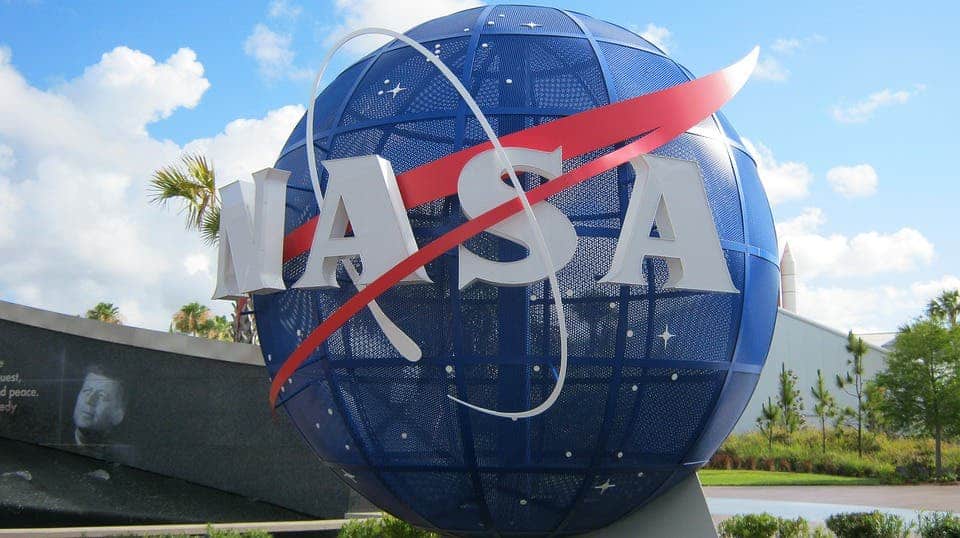NASA officials presented an updated budget request to the US Congress this Monday. The agency is requesting an additional $1 billion in funding for their upcoming 2024 Moon mission, dubbed the Artemis Mission.

In Greek mythology, Artemis is the twin sister of Apollo, who was the namesake of the program that sent 12 American astronauts to the Moon between 1969 and 1972. It’s only fitting then that NASA would christen the mission aiming to take man back to the moon after her name. But, as often was the case with Greek gods, there is drama afoot.
Funding request
“This additional investment, I want to be clear, is a downpayment on NASA’s efforts to land humans on the Moon by 2024,” NASA Administrator Jim Bridenstine says.
NASA’s original plan was to carry out the moon return mission in 2028, but Vice-President Mike Pence announced in March that the current administration wants to push those plans for 2024. This way, the mission would line up with a possible second term for President Trump. The present budget revision is intended to bring the Agency’s funds up to speed with the new deadline.
The ball, however, is firmly in Congress’ court — they will have to decide whether to back up the Trump administration on the new timeline or not. New York Times writes that NASA’s original budget for the 2019 fiscal year (which ends on Sept. 30) is $21.5 billion strong. The president’s original budget request for the 2020 fiscal year aimed to cut this sum by $500 million; if Congress greenlights the new budget request, this will effectively increase NASA’s 2020 budget by $1.6 billion.
That money is definitely needed. Bridenstine says NASA needs the extra $1.6 billion to pay for the new ground and space vehicles needed to carry out the Artemis mission on the revised deadline. Around $651 million is earmarked for the Space Launch System (SLS), the new large rocket NASA is developing, and the Orion capsule that would take astronauts to the moon and other deep-space destinations. The rest, around $1 billion, will fund the development of a commercial landing system to help take astronauts to the moon’s surface. NASA also plans to scale back and delay plans for Gateway, an outpost in orbit around the moon, to limit costs until Artemis.
The final costs of Artemis will likely be much higher, with Bridenstine calling the current request a “down payment.” When asked how much the new mission would cost in total, he quipped to a reporter: “I would love to tell you that.”
However, there are some concerns that NASA can pull off the mission on its accelerated timeline. Spacefaring isn’t exactly something you want to rush, and there have also been issues with the development of the SLS (being carried out by Boeing). Hopefully, some quick cash is all NASA needs to iron out these issues.


